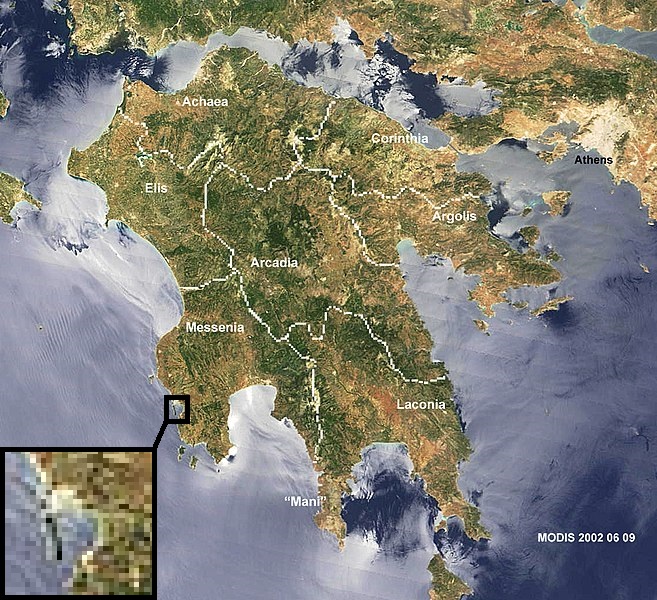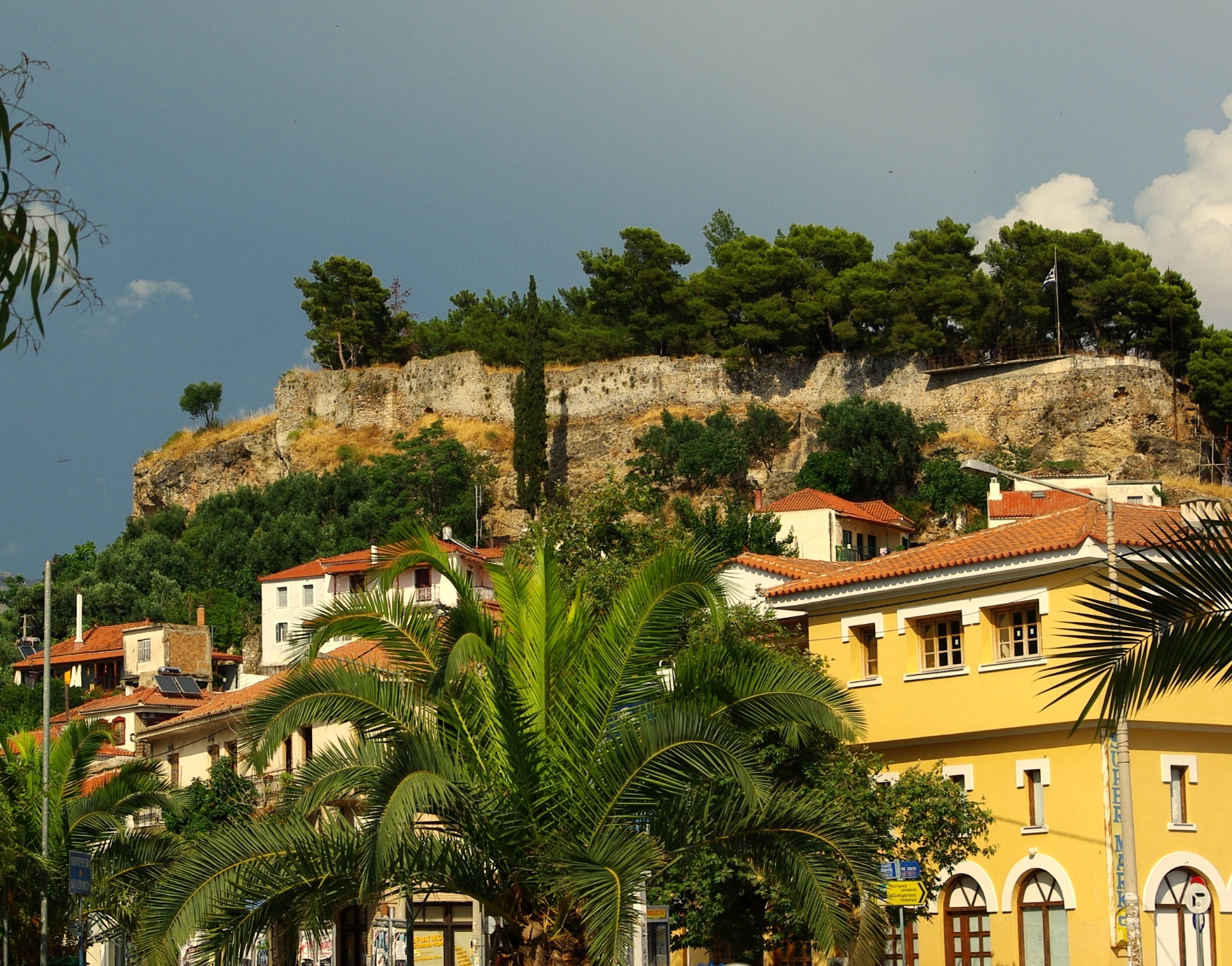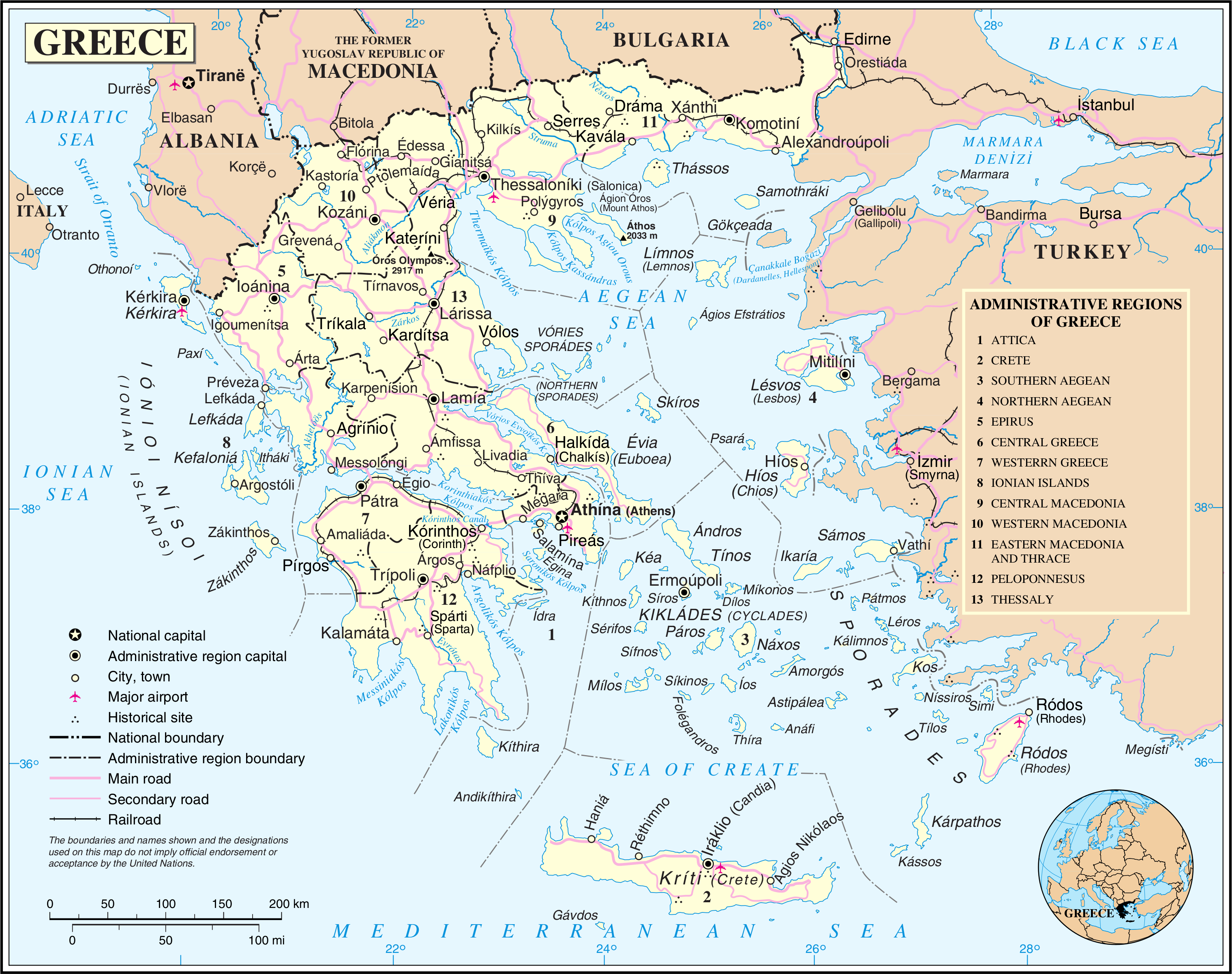|
Sphacteria
Sphacteria ( el, Σφακτηρία - ''Sfaktiria'') also known as Sphagia (Σφαγία) is a small island at the entrance to the bay of Pylos in the Peloponnese, Greece. It was the site of three battles: *the 425 BC Battle of Sphacteria in the Peloponnesian war. *the 1825 AD Battle of Sphacteria in the Greek War of Independence from the Ottoman Empire *the 1827 AD Battle of Navarino The Battle of Navarino was a naval battle fought on 20 October (O. S. 8 October) 1827, during the Greek War of Independence (1821–29), in Navarino Bay (modern Pylos), on the west coast of the Peloponnese peninsula, in the Ionian Sea. Allied fo ..., also in the Greek War of Independence References Ionian Islands Landforms of Messenia Pylos Islands of Peloponnese (region) Islands of Greece {{Peloponnese-geo-stub ... [...More Info...] [...Related Items...] OR: [Wikipedia] [Google] [Baidu] |
Battle Of Sphacteria
The Battle of Sphacteria was a land battle of the Peloponnesian War, fought in 425 BC between Athens and Sparta. Following the Battle of Pylos and subsequent peace negotiations, which failed, a number of Spartans were stranded on the island of Sphacteria. An Athenian force under Cleon and Demosthenes attacked and forced them to surrender. Overview In the wake of the failed peace negotiations, Demosthenes initially attempted to starve out the Spartans on Sphacteria, but was unable to blockade the island tightly enough. In Athens there was concern that the approach of winter would necessitate abandoning the blockade, unless the impasse was swiftly broken. The politician Cleon took out reinforcements from Athens and joined forces with Demosthenes, and the Athenians launched an assault on Sphacteria. Landing in great force on a weakly defended point, the Athenians swamped the beachfront defenses and moved inland, harassing the Spartans by using bows and spears, whenever they attemp ... [...More Info...] [...Related Items...] OR: [Wikipedia] [Google] [Baidu] |
Pylos
Pylos (, ; el, Πύλος), historically also known as Navarino, is a town and a former municipality in Messenia, Peloponnese, Greece. Since the 2011 local government reform, it has been part of the municipality Pylos-Nestoras, of which it is the seat and a municipal unit. It was the capital of the former Pylia Province. It is the main harbour on the Bay of Navarino. Nearby villages include Gialova, Pyla, Elaiofyto, Schinolakka, and Palaionero. The town of Pylos has 2,345 inhabitants, the municipal unit of Pylos 5,287 (2011). The municipal unit has an area of 143.911 km2. Pylos has been inhabited since Neolithic times. It was a significant kingdom in Mycenaean Greece, with remains of the so-called "Palace of Nestor" excavated nearby, named after Nestor, the king of Pylos in Homer's ''Iliad''. In Classical times, the site was uninhabited, but became the site of the Battle of Pylos in 425 BC, during the Peloponnesian War. After that, Pylos is scarcely mentioned until th ... [...More Info...] [...Related Items...] OR: [Wikipedia] [Google] [Baidu] |
Battle Of Sphacteria (1825)
The Battle of Sphacteria was a battle of the Greek War of Independence fought on 8 May 1825 in Sphacteria between the Egyptian forces of Ibrahim Pasha and Greek forces led by Captain Anastasios Tsamados along with Alexandros Mavrokordatos. Battle Commanding both a powerful army and navy, Ibrahim initiated attacks on both Paliokastro and the island of Sphacteria. As a result, Mavrocordatos rushed to their defense while Captain Tsamados from Hydra held off Ibrahim's forces. Ibrahim aimed to capture the strategic small island of Sfaktiria at the center of the bay. Fifteen hundred Egyptians landed on the island only to be met with resistance by Tsamados who led a small contingent of sailors and soldiers. Shot in the leg, Tsamados continued fighting until he was killed. During the battle was killed also Santorre di Santa Rosa. The remaining Greek sailors with Mavrocordatos rushed back to their ship, the ''Aris'', and sailed through a bombardment of thirty-four ships. For four ... [...More Info...] [...Related Items...] OR: [Wikipedia] [Google] [Baidu] |
Battle Of Navarino
The Battle of Navarino was a naval battle fought on 20 October (O. S. 8 October) 1827, during the Greek War of Independence (1821–29), in Navarino Bay (modern Pylos), on the west coast of the Peloponnese peninsula, in the Ionian Sea. Allied forces from Britain, France, and Russia decisively defeated Ottoman and Egyptian forces which were trying to suppress the Greeks, thereby making Greek independence much more likely. An Ottoman armada which, in addition to Imperial warships, included squadrons from the ''eyalets'' (provinces) of Egypt and Tunis, was destroyed by an Allied force of British, French and Russian warships. It was the last major naval battle in history to be fought entirely with sailing ships, although most ships fought at anchor. The Allies' victory was achieved through superior firepower and gunnery. The context of the three Great Powers' intervention in the Greek conflict was the Russian Empire's long-running expansion at the expense of the decaying Ottoman ... [...More Info...] [...Related Items...] OR: [Wikipedia] [Google] [Baidu] |
Peloponnesian War
The Peloponnesian War (431–404 BC) was an ancient Greek war fought between Athens and Sparta and their respective allies for the hegemony of the Greek world. The war remained undecided for a long time until the decisive intervention of the Persian Empire in support of Sparta. Led by Lysander, the Spartan fleet built with Persian subsidies finally defeated Athens and started a period of Spartan hegemony over Greece. Historians have traditionally divided the war into three phases. The first phase (431–421 BC) was named the Ten Years War, or the Archidamian War, after the Spartan king Archidamus II, who launched several invasions of Attica with the full hoplite army of the Peloponnesian League, the alliance network dominated by Sparta. However, the Long Walls of Athens rendered this strategy ineffective, while the superior navy of the Delian League (Athens' alliance) raided the Peloponnesian coast to trigger rebellions within Sparta. The precarious Peace of Nicias was si ... [...More Info...] [...Related Items...] OR: [Wikipedia] [Google] [Baidu] |
Greek War Of Independence
The Greek War of Independence, also known as the Greek Revolution or the Greek Revolution of 1821, was a successful war of independence by Greek revolutionaries against the Ottoman Empire between 1821 and 1829. The Greeks were later assisted by the British Empire, Bourbon Restoration in France, Kingdom of France, and the Russian Empire, while the Ottomans were aided by their North African vassals, particularly the eyalet of Egypt Eyalet, Egypt. The war led to the formation of modern Greece. The revolution is Celebration of the Greek Revolution, celebrated by Greeks around the world as Greek Independence Day, independence day on 25 March. Greece, with the exception of the Ionian Islands, came under Ottoman rule in the 15th century, in the decades before and after the fall of Constantinople. During the following centuries, there were sporadic but unsuccessful Ottoman Greece#Uprisings before 1821, Greek uprisings against Ottoman rule. In 1814, a secret organization called Filiki Et ... [...More Info...] [...Related Items...] OR: [Wikipedia] [Google] [Baidu] |
Messenia
Messenia or Messinia ( ; el, Μεσσηνία ) is a regional unit (''perifereiaki enotita'') in the southwestern part of the Peloponnese region, in Greece. Until the implementation of the Kallikratis plan on 1 January 2011, Messenia was a prefecture (''nomos'') covering the same territory. The capital and largest city of Messenia is Kalamata. Geography Physical Messenia borders on Elis to the north, Arcadia to the northeast, and Laconia to the southeast. The Ionian Sea lies to the west, and the Gulf of Messinia to the south. The most important mountain ranges are the Taygetus in the east, the Kyparissia mountains in the northwest and the Lykodimo in the southwest. The main rivers are the Neda in the north and the Pamisos in central Messenia. Off the south coast of the southwesternmost point of Messenia lie the Messinian Oinousses islands. The largest of these are Sapientza, Schiza and Venetiko. The small island Sphacteria closes off the bay of Pylos. All these islands ... [...More Info...] [...Related Items...] OR: [Wikipedia] [Google] [Baidu] |
Modern Regions Of Greece
The regions of Greece ( el, περιφέρειες, translit=periféries) are the country's thirteen first-level administrative entities, each comprising several second-level units, originally known as prefectures and, since 2011, as regional units. History The current regions were established in July 1986 (the presidential decree officially establishing them was signed in 1987), by decision of the interior minister, Menios Koutsogiorgas, as second-level administrative entities, complementing the prefectures (Law 1622/1986). Ν.1622/86 "Τοπική Αυτοδιοίκηση - Περιφερειακή Ανάπτυξη - Δημοκρατικός Προγραμματισμός", (ΦΕΚ 92/τ.Α΄/14-7-1986) Before 1986, there was a traditional division into broad historical–geographical regions (γεωγραφικά διαμερίσματα), which, however, was often arbitrary; not all of the pre-1986 traditional historical-geographic regions had official administrative bodie ... [...More Info...] [...Related Items...] OR: [Wikipedia] [Google] [Baidu] |
Peloponnese
The Peloponnese (), Peloponnesus (; el, Πελοπόννησος, Pelopónnēsos,(), or Morea is a peninsula and geographic regions of Greece, geographic region in southern Greece. It is connected to the central part of the country by the Isthmus of Corinth land bridge which separates the Gulf of Corinth from the Saronic Gulf. From the late Middle Ages until the 19th century the peninsula was known as the Morea ( grc-x-byzant, Μωρέας), (Morèas) a name still in colloquial use in its demotic Greek, demotic form ( el, Μωριάς, links=no), (Moriàs). The peninsula is divided among three administrative regions of Greece, administrative regions: most belongs to the Peloponnese (region), Peloponnese region, with smaller parts belonging to the West Greece and Attica (region), Attica regions. Geography The Peloponnese is a peninsula located at the southern tip of the mainland, in area, and constitutes the southernmost part of mainland Greece. It is connected to the mainlan ... [...More Info...] [...Related Items...] OR: [Wikipedia] [Google] [Baidu] |
Regional Units Of Greece
The 74 regional units of Greece ( el, περιφερειακές ενότητες, ; sing. , ) are the country's Seventy-four second-level administrative units. They are divisions of the country's 13 regions, and are further divided into municipalities. They were introduced as part of the Kallikratis administrative reform on 1 January 2011 and are comparable in area and, in the mainland, coterminous with the 'pre-Kallikratis' prefectures of Greece During the first administrative division of independent Greece in 1833–1836 and again from 1845 until their abolition with the Kallikratis reform in 2010, the prefectures ( el, νομοί, sing. νομός, translit=nomoi, sing. nomós) were .... List References {{Articles on second-level administrative divisions of European countries Regional units Greece transport-related lists Subdivisions of Greece ... [...More Info...] [...Related Items...] OR: [Wikipedia] [Google] [Baidu] |
Greece
Greece,, or , romanized: ', officially the Hellenic Republic, is a country in Southeast Europe. It is situated on the southern tip of the Balkans, and is located at the crossroads of Europe, Asia, and Africa. Greece shares land borders with Albania to the northwest, North Macedonia and Bulgaria to the north, and Turkey to the northeast. The Aegean Sea lies to the east of the Geography of Greece, mainland, the Ionian Sea to the west, and the Sea of Crete and the Mediterranean Sea to the south. Greece has the longest coastline on the Mediterranean Basin, featuring List of islands of Greece, thousands of islands. The country consists of nine Geographic regions of Greece, traditional geographic regions, and has a population of approximately 10.4 million. Athens is the nation's capital and List of cities and towns in Greece, largest city, followed by Thessaloniki and Patras. Greece is considered the cradle of Western culture, Western civilization, being the birthplace of Athenian ... [...More Info...] [...Related Items...] OR: [Wikipedia] [Google] [Baidu] |
Ottoman Empire
The Ottoman Empire, * ; is an archaic version. The definite article forms and were synonymous * and el, Оθωμανική Αυτοκρατορία, Othōmanikē Avtokratoria, label=none * info page on book at Martin Luther University) // CITED: p. 36 (PDF p. 38/338) also known as the Turkish Empire, was an empire that controlled much of Southeast Europe, Western Asia, and Northern Africa between the 14th and early 20th centuries. It was founded at the end of the 13th century in northwestern Anatolia in the town of Söğüt (modern-day Bilecik Province) by the Turkoman tribal leader Osman I. After 1354, the Ottomans crossed into Europe and, with the conquest of the Balkans, the Ottoman beylik was transformed into a transcontinental empire. The Ottomans ended the Byzantine Empire with the conquest of Constantinople in 1453 by Mehmed the Conqueror. Under the reign of Suleiman the Magnificent, the Ottoman Empire marked the peak of its power and prosperity, as well a ... [...More Info...] [...Related Items...] OR: [Wikipedia] [Google] [Baidu] |


_-_Thucydides.jpg)




